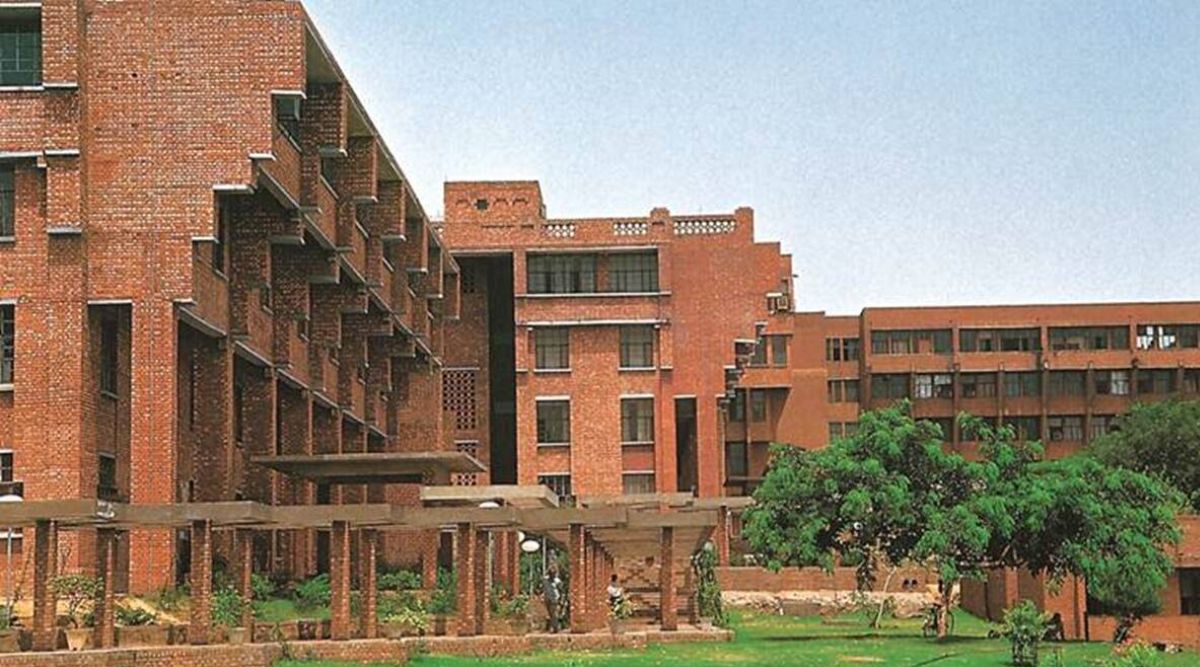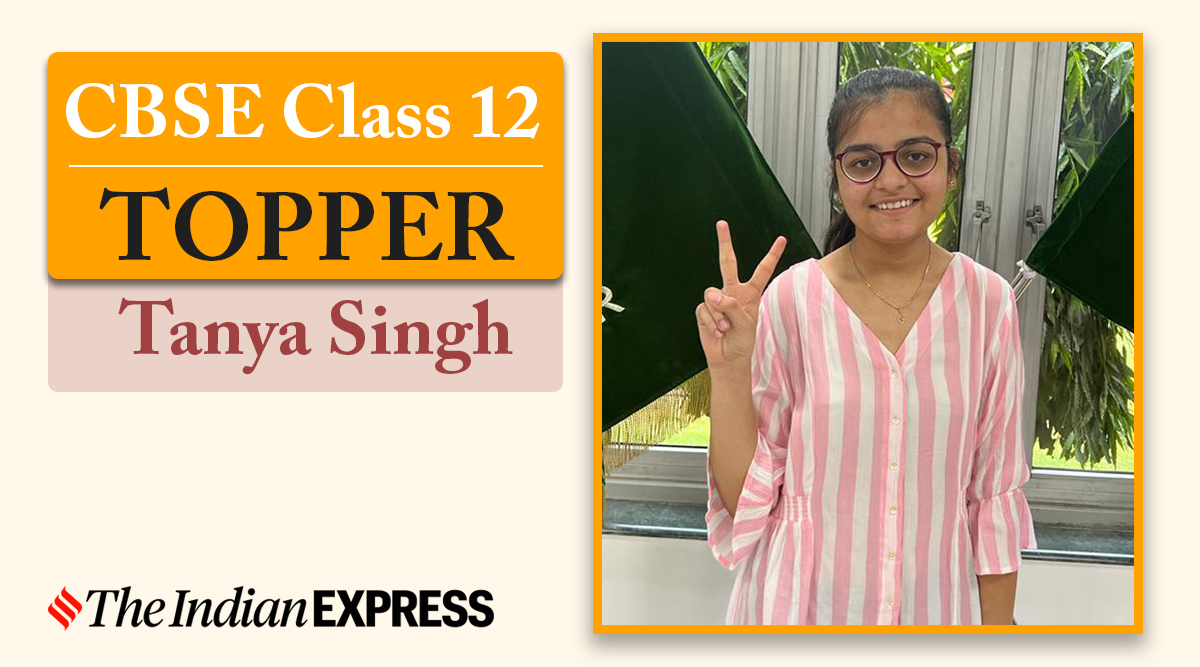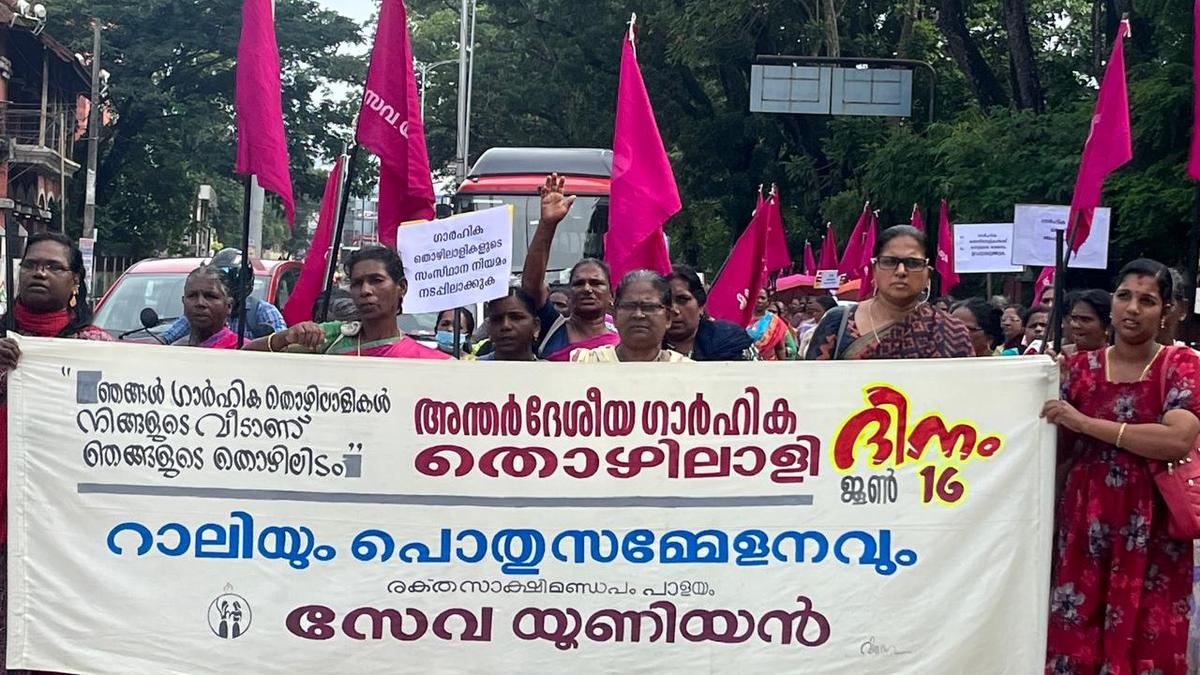The VC told The Indian Express that she hopes to restore the model before PhD admissions begin “next month or in September”. “I have asked for admission data of the last five years. We will set up a committee soon which will analyse the data and submit a report within two weeks. After that we will take the matter to the statutory bodies and pass it,” she said.
What is the deprivation points model?
The idea is to give a leg up in admissions to marginalised candidates — those coming from backward regions, women and transgender students. The deprivation points awarded have ranged from 20 in the early days of JNU to 12 more recently.
The model divides the backward districts of each state into “Quartile 1” and “Quartile 2” areas depending on three parameters using Census data: “literates as percentage of total population”, “non-agricultural workers (main and marginal) as percentage of total (main +marginal) workers”, and “agricultural productivity per hectare”. Points are awarded based on the Quartile that an applicant belongs to.
Additionally, points are awarded to women and transgender candidates, which vary depending on whether they belong to an urban or rural area.
In the early 1970s, under the leadership of Prakash Karat, who is now a senior leader of the CPI(M), the JNU students’ union had fought for an admission policy that was friendly to students from backward regions, castes, and classes. This was given statutory approval by the Academic Council (AC) in 1974.
From 1984 to 1994, the deprivation model was done away with — but it was restored under pressure from the students’ union.
When and why was the deprivation points model discontinued?
JNU continues to follow the deprivation points model for admissions to postgraduate and undergraduate courses. For the research seats — MPhil and PhD degrees — though, the system was discontinued in 2017.
This change was the result of JNU’s decision to adopt the 2016 UGC guidelines for admission. The guidelines did not mention the deprivation points model, and recommended giving 100 per cent weightage to viva-voce marks, making the entrance test a purely qualifying test for admissions to MPhil and PhD.
The students’ union agitated to retain what was the most unique feature of JNU’s admission policy, but the matter went to the Delhi High Court, which said the UGC guidelines must be followed “without any deviation”.
What impact did the deprivation points model have?
Students and teachers have argued over the years that the model made JNU uniquely inclusive, with many more first-generation learners being admitted every year than in other universities. JNU also had more students from the reserved category than the prescribed seats.
VC Pandit told The Indian Express, “I myself am a product of JNU’s admission policy. I have benefited from the deprivation model, being a woman and from a backward place in Tamil Nadu. So I think it is very important that we retain it.”
And what was the impact of its removal in research admissions?
Data compiled by the JNU Teachers’ Association (JNUTA) show the enrollment of students from the reserved categories, women, and from certain regions of the country have gone down following the removal of deprivation points.
According to JNUTA, before 2017, JNU had an average intake, through its integrated MPhil/ PhD programme, of about 900 students, “but this figure has now fallen to 716 for 2022-23, representing a fall of over 20%”.
JNUTA has also pointed out that the southern states of Tamil Nadu, Kerala, Andhra Pradesh, and Karnataka together made up 6-8 per cent of research admissions in 2014-16, which came down to 2.4 per cent in 2017 and 2.9 per cent in 2019. “The share of Manipur, Nagaland, Arunachal Pradesh, and Mizoram has similarly dropped from about 5.3% to a mere 2.3% in the same period,” JNUTA says.
Also, according to JNUTA, “roughly 1 in 4 reserved seats is not enrolled against in JNU’s research programme admissions”, and women’s enrolment has fallen from 51.5 per cent in 2015-16 to 41.2 per cent in 2019-20.
!function(f,b,e,v,n,t,s)
{if(f.fbq)return;n=f.fbq=function(){n.callMethod?
n.callMethod.apply(n,arguments):n.queue.push(arguments)};
if(!f._fbq)f._fbq=n;n.push=n;n.loaded=!0;n.version=’2.0′;
n.queue=[];t=b.createElement(e);t.async=!0;
t.src=v;s=b.getElementsByTagName(e)[0];
s.parentNode.insertBefore(t,s)}(window, document,’script’,
‘https://connect.facebook.net/en_US/fbevents.js’);
fbq(‘init’, ‘444470064056909’);
fbq(‘track’, ‘PageView’);







